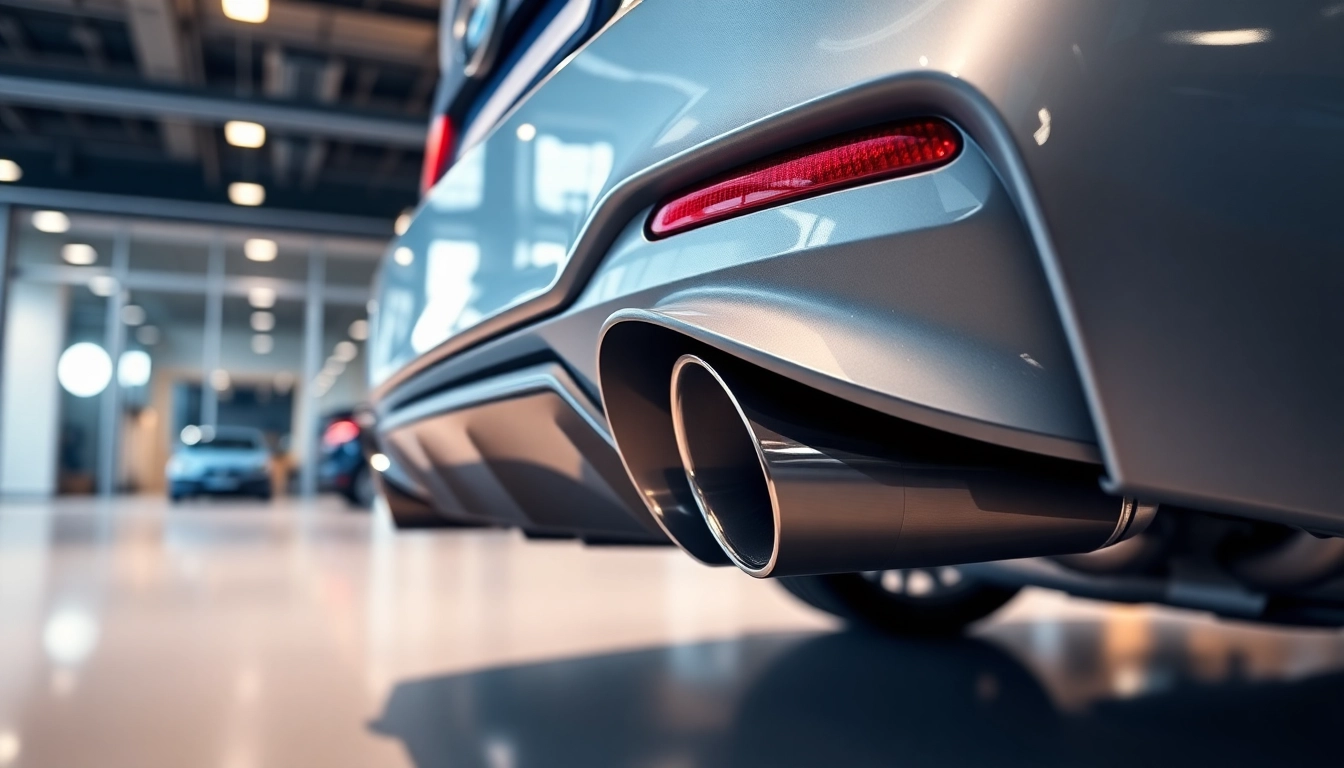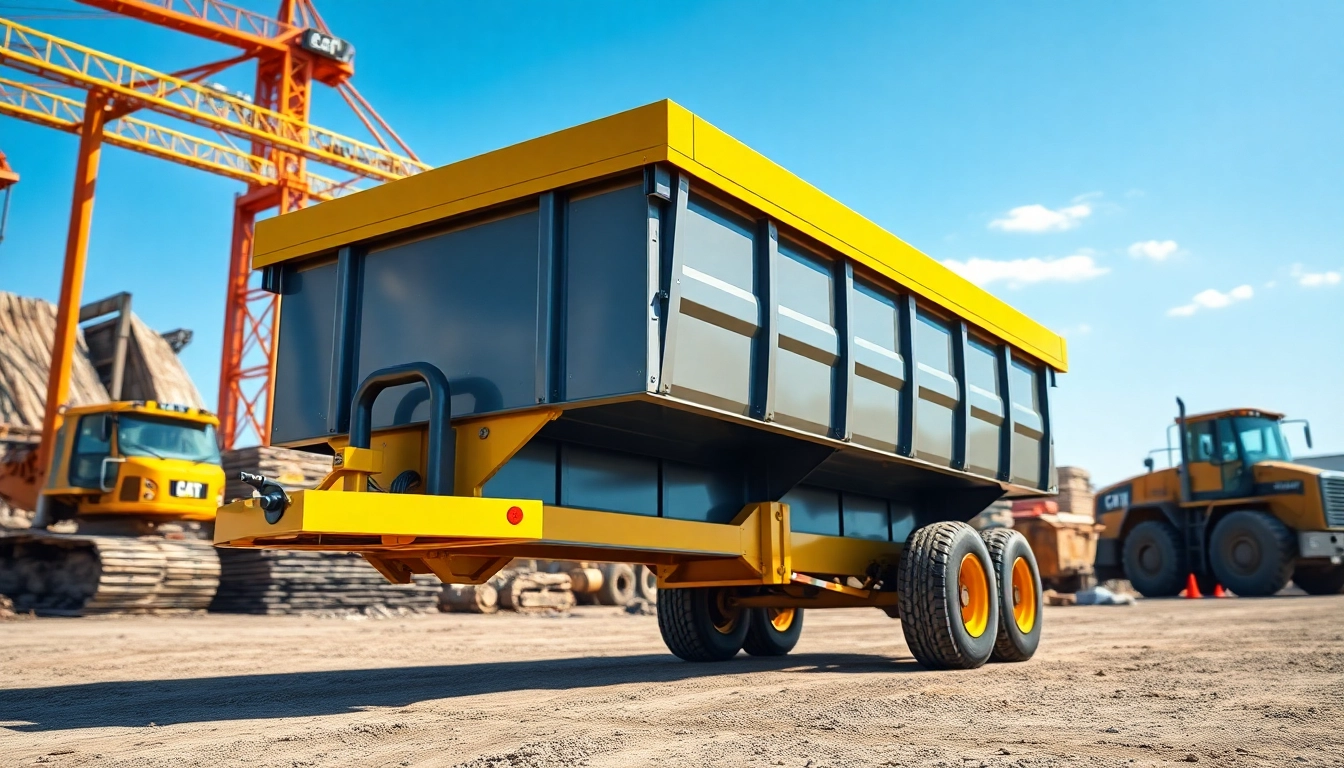What is Part Exchange?
Definition of Part Exchange
Part exchange is a transaction method typically used in various markets, most notably in the automotive and real estate sectors. In simple terms, it allows an individual to trade in an existing item—often a vehicle or property—and use its assessed value as part of the payment towards a new acquisition. The concept simplifies transactions by allowing users to skip the potentially lengthy process of selling their old item independently. According to the Part Exchange model, the goal is to streamline purchasing while also providing financial leverage through the residual value of the traded-in item.
How Part Exchange Works in the Automotive Industry
In the automotive sector, part exchange generally occurs at dealerships, where a customer can bring in their old vehicle as part of the payment for a new one. The process usually begins with the customer bringing their vehicle to the dealership, where an appraisal is made. The appraisal assesses the condition, mileage, age, and market value of the car being traded. The dealer then provides a quote which is subtracted from the price of the new vehicle. If both parties agree to the value, a transaction can occur swiftly compared to a private sale. This system is beneficial for both the seller looking to minimize hassle and the dealer, who can then resell the used car.
The Benefits of Opting for Part Exchange
Opting for part exchange offers multiple advantages, including:
- Convenience: Customers can trade in their old vehicles quickly, avoiding the need to search for private buyers.
- Financial Leverage: The value of the old vehicle is directly applied to the purchase of a new one, reducing initial out-of-pocket costs.
- Transparency: Dealerships often perform standardized appraisals, leading to relatively competitive pricing.
- Instant Gratification: Unlike selling privately, which can take time, part exchanges can often be completed within the same day.
Key Considerations Before Part Exchanging
Assessing the Value of Your Current Vehicle
Before opting for part exchange, it’s crucial to assess the value of your current vehicle realistically. This involves looking at the vehicle’s make, model, year, condition, and market trends. Resources like the Kelley Blue Book or Edmunds can provide insights into your car’s worth. Understanding the average market value allows you to negotiate effectively with the dealer and avoid undervaluing your trade-in.
Understanding Dealer Offers and Negotiation Tactics
Once you know your vehicle’s worth, it’s important to understand how dealer offers work. Often, dealers will have a base price they are willing to pay, which can be negotiated based on your prior research. It’s worthwhile to go into the negotiation prepared, armed with information, and ready to assert the value of your car. Remember, patience and alternative options can give you leverage during discussions.
Pros and Cons of Part Exchange vs. Selling Privately
When considering part exchange, it’s essential to weigh the pros and cons against selling your vehicle privately:
- Pros of Part Exchange:
- Quick and hassle-free process
- Immediate financial adjustment against a new purchase
- Less risk of post-sale complications
- Cons of Part Exchange:
- Potentially lower value compared to a private sale
- Less control over the transaction
- Limited negotiation potential
The Part Exchange Process Explained
Preparing Your Vehicle for Trade-In
To ensure you receive the best value for your vehicle during a part exchange, adequate preparation is necessary. Here are some steps to follow:
- Clean Your Vehicle: A clean car makes a better first impression. Ensure both the interior and exterior are spotless.
- Minor Repairs: Fix small dents, scratches, or other minor issues that could detract from your vehicle’s perceived value.
- Gather Documentation: Have maintenance records, title, manuals, and any other important paperwork ready for the dealer to review.
Steps Involved in a Typical Part Exchange Deal
Once your vehicle is prepared, several steps typically unfold in a part exchange deal:
- Appraisal: The dealer inspects your car to determine its condition and value.
- Offer Presentation: The dealer presents an offer based on the appraisal.
- Negotiation: Engaging in discussions about the offer, potentially adjusting it based on your findings.
- Paperwork Processing: Once an agreement is reached, the necessary paperwork is processed for both the trade-in and the new purchase.
Documentation Needed for a Seamless Transaction
To facilitate a smooth transaction, ensure you have the following documentation:
- Vehicle title
- Maintenance records
- Proof of identity (such as a driver’s license)
- Loan payoff details if applicable
Common Misconceptions About Part Exchange
Myths vs. Facts: What You Need to Know
Several misconceptions surround the part exchange process. Understanding these can help clarify expectations:
- Myth 1: Part exchange always yields lower offers. Fact: While this can be true, it highly depends on your vehicle’s condition and market demand.
- Myth 2: Dealers aim to cheat customers. Fact: While some dealers may undercut valuations, many are eager to offer fair prices to stay competitive.
- Myth 3: Part exchanging is only suitable for older cars. Fact: Newer cars can often also benefit from part exchange offers.
How Market Conditions Affect Part Exchange Values
The value of trade-in vehicles can fluctuate based on broader market conditions. Economic factors such as the introduction of new models, changes in consumer preferences, and even seasonal demand can influence values. Typically, vehicles are worth more during high-demand seasons, such as the spring and summer months, when people are more inclined to purchase new vehicles. Keeping an eye on market trends can help you time your part exchange to maximize its value.
Cautionary Tales and Lessons Learned from Part Exchange
While part exchange can be beneficial, there are lessons to keep in mind, illustrated by common pitfalls:
- Failing to research vehicle value can lead to loss of thousands in potential gains.
- Neglecting necessary repairs before trading in your vehicle can yield significantly lower offers.
- Assuming that all dealers offer similar prices can lead to missed opportunities. It’s advised to shop around.
Future Trends in Part Exchange
Technology and Digital Platforms Enhancing Part Exchange
Advancements in technology are reshaping the part exchange landscape. Online platforms are increasingly prevalent, allowing customers to receive appraisals without needing to visit a dealership. This shift toward digital marketplaces enhances transparency and provides consumers with the option to compare offers easily. Moreover, the rise of AI-powered evaluations promises to deliver even more accurate appraisals based on data-driven insights.
Shifts in Consumer Behavior and Preferences
Consumer preferences are evolving. More buyers are researching online and utilizing digital tools to understand pricing and product features before making a purchase. This trend has led dealerships to adopt more customer-centric approaches in the part exchange process, emphasizing communication and tailored service experiences.
Environmental Considerations and Part Exchange
With growing awareness of environmental issues, many consumers are now considering the ecological impact of their choices. This trend is leading to an increased appreciation for electric and hybrid vehicle trade-ins and an overall rise in the desire to part exchange for more environmentally friendly options. Dealerships are responding by promoting their sustainability efforts and eco-friendly vehicles, making the part exchange process a vital part of promoting environmentally responsible purchasing behaviors.




